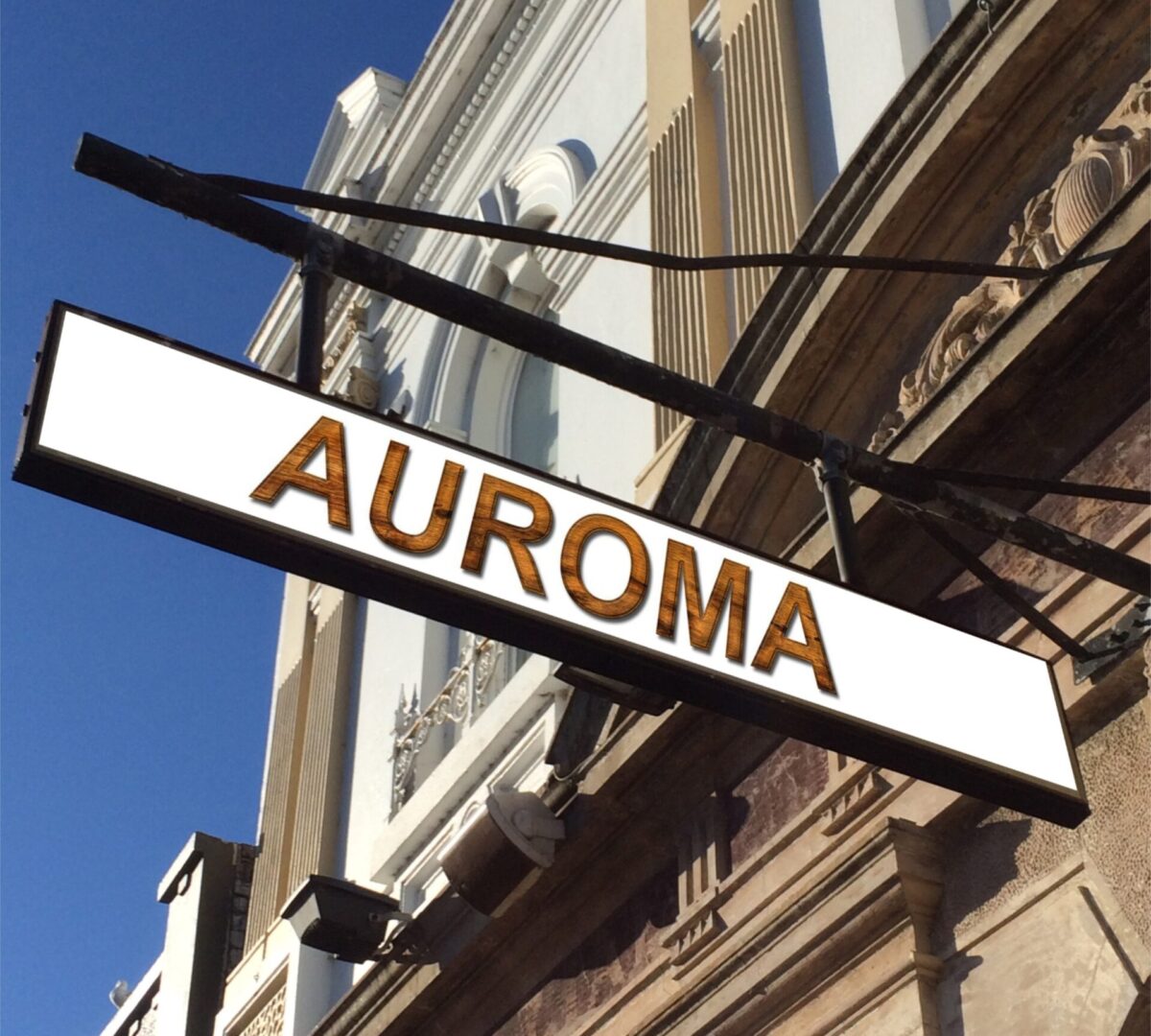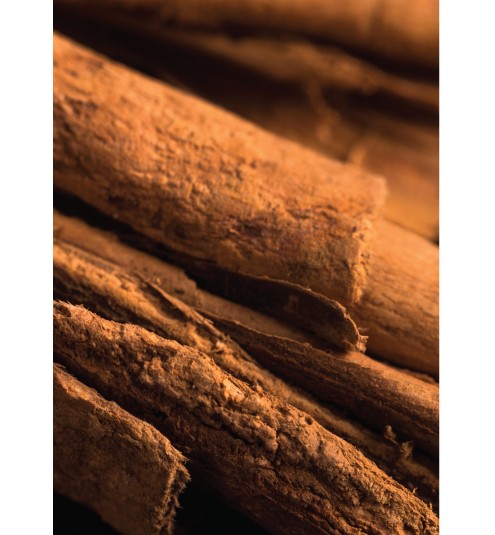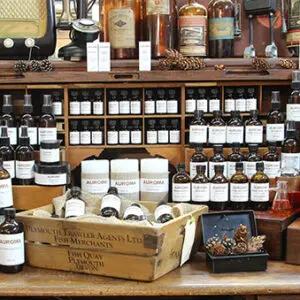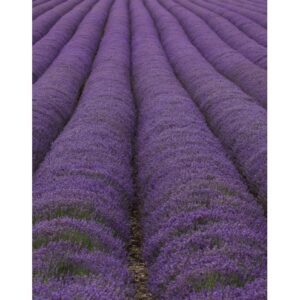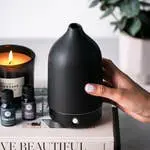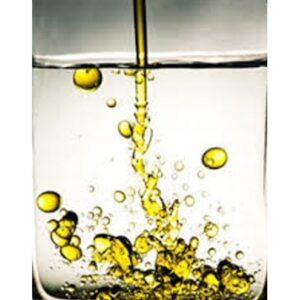Cinnamon Bark Essential Oil
$24.94 – $193.26
| Botanical Name: | Cinnamomum zeylanicum |
| Geographic Origin: | Sri Lanka |
| Method of Farming: | 100% Pure – Conventional |
| Method of Extraction: | Steam Distillation |
| Part of Plant: | Bark |
Profile
C. zeylanicum is a tall evergreen tree, native to Sri Lanka. It grows to a height of around 26 ft, having shiny leaves and clusters of yellow flowers. The flowers bloom in January. The fruit ripens 6 months later. A first harvest may be obtained after 3-4 years, although both quality and yields improve with subsequent cutting. The stems are cut during the rainy season to encourage peeling of the bark. The bark is cut in long strips and left to dry and curl in the sun, otherwise known as quills (that are used in flavoring and cooking). Cinnamon Bark Essential Oil is pale-yellow to dark yellow. It has a spicy, warm, sweet, dry, long lasting aroma. The scent of Cinnamon Bark is more full-bodied than Cinnamon Leaf. The oil and spice are often confused with Cassia, as they have similar properties and aromas. From a spiritual perspective, it is believed to have a warming, uplifting characteristic.
The bark oil contains high levels of cinnamaldehyde and is a dermal irritant. It is recommended that Cinnamon Bark be avoided in aromatherapy. See “Cautions.”
FACT: Cinnamon was prescribed by the ancient Chinese for almost every malady, and was used by the ancient Egyptians for keeping epidemics at bay
Additional information
| Weight | N/A |
|---|---|
| Dimensions | N/A |
| Select Size | 1/3 fl oz (10ml), 3.38 fl oz (100ml) |
Auroma Quality
AUROMA Essential Oils are the highest quality essential oils available in the world today. Each oil is from an individual farmer and from a particular year’s harvest. As AUROMA knows each of the Farmers, they guarantee the authenticity of each oil. Just to be certain, they analyze each oil using the latest state-of-the-art GC-MS technology, which can detect impurities to one part per billion. Yes! AUROMA represents the best there is in Essential Oils. We can supply the following documentation: Certificates of Analysis and Safety Data Sheets (SDS)
To meet the stringent demands of the professional aromatherapist, AUROMA has drafted the following seven requirements that an essential oil needs to meet so it can be used with confidence:
- BIO-TYPE: Not only does an oil have to come from a defined botanical species, bCut from a particular genetic strain.
- CHEMO-TYPE: The same botanical species can often produce completely different constituents.
- GEO-TYPE: Oils from a particular area are often of superior quality. Examples are Rose Oil Bulgarian or Sandalwood East Indian.
- COMPLETE OR WHOLE: The oil should come from a single distillation and should not be rectified.
- WILD OR ORGANIC: Where possible, AUROMA always selects the wild growing plants for distillation. When wild types are not available, AUROMA commissions farmers who do not use pesticides or chemical fertilizers. Certified Organic options are available.
- EX STILL: AUROMA distills small lots of expensive oils in-house and advises farmers on distillation methods.
- ANALYYSIS: Oils are tested by AUROMA in Australia with the most advanced state-of- the-art equipment in the world.
Uses
- As a Room Spray: Fill a 4-fluid ounce glass mist spray bottle with water and add your Cinnamon Bark. Tighten the cap, shake well before using and spray the mist into the air. As the air freshener ages, the sent improves and becomes stronger. Spray around your room, your clothes, even your pillow.
- In a Diffuser: Cinnamon Bark essential oil’s woodsy, warm, balsamic aroma creates a relaxing, calming, and comforting atmosphere when diffused to help support a calming routine.
- Cleaning Spray: Put two to three drops of Cinnamon Bark oil in a spray bottle for a quick and effective surface cleaner.
Blends With
Cardamom, Cedarwood, Elemi, Frankincense, Geranium, Lavender, Lemon, Mandarin, Olibanum, Orange, Peru Balsam, Rosemary, Ylang Ylang, and other floral notes and in oriental -type mixture
Whenever you use Essential Oils or 100% pure Essential Oil Blends on the skin, they should be diluted in a vegetable oil. However, always check for skin sensitivity before applying the finished product to the body. See “Cautions” below.
Suggested Dilution Rates follow:
- 10ml Base Product: A 1% dilution requires a total of 2 drops essential oil, or a pure blend, 2%=4 drops, 2.5%=5 drops
- 50ml Base Product: A 1% dilution requires a total of 10 drops essential oil, or a pure blend, 2%=20 drops, 2.5%=25 drops
- 100ml Base Product: A 1% dilution requires a total of 20 drops (1ml) essential oil, or a pure blend, 2%=40 drops (2ml), 2.5% 50=drops (2.5ml)
- 1Ltr Base Product: A 1% dilution requires a total of 200 drops (10ml) essential oil, or a pure blend, 2%=400 drops (20ml), 2.5%=500 drops (25.ml)
Please ensure that the total number of drops does not exceed the dilution ratio. For example: 2.5% dilution = 1 drip Geranium, 2 drops Palmarosa & 2 drops Mandarin diluted in 10ml Jojoba Oil. Total drops = 5
Cautions
Cinnamon Bark Essential oil is non-toxic and moderately irritating to the skin. It is known to cause skin sensitization. It is not phototoxic. (Tisserand R, Bolacs T, Essential oil safety. Churchill Livingston, UK)
- Cinnamon Bark oil contains high levels of cinnamaldehyde and is a skin sensitizer. It is recommended that Cinnamon Bark be avoided in aromatherapy.
The Aromatherapy Place does not recommend ingesting essential oils unless a specific dosage instruction is given to a consumer by a qualified medical practitioner.
Do not apply directly to skin. May case skin irritation in some individuals. Always dilute with a carrier oil. A skin test is recommended prior to use on the skin.
Avoid while trying to conceive, during pregnancy, or when breast feeding.
Keep out of reach of children. If you are taking medication, or have a medical condition, consult a health professional prior to use. Keep away from eyes and mucous membranes.
Please check with a professional for safe essential oils to use with children or the elderly. Do not use essential oils on a child younger than two years without professional advice.
Storage
We recommended that Essential Oils or 100% pure and natural Blends be stored in amber or cobalt blue glass containers to maintain freshness and attain maximum shelf life. Keep away from excessive heat and light. A bathroom, bedroom or kitchen cabinet should be a good storage location.

